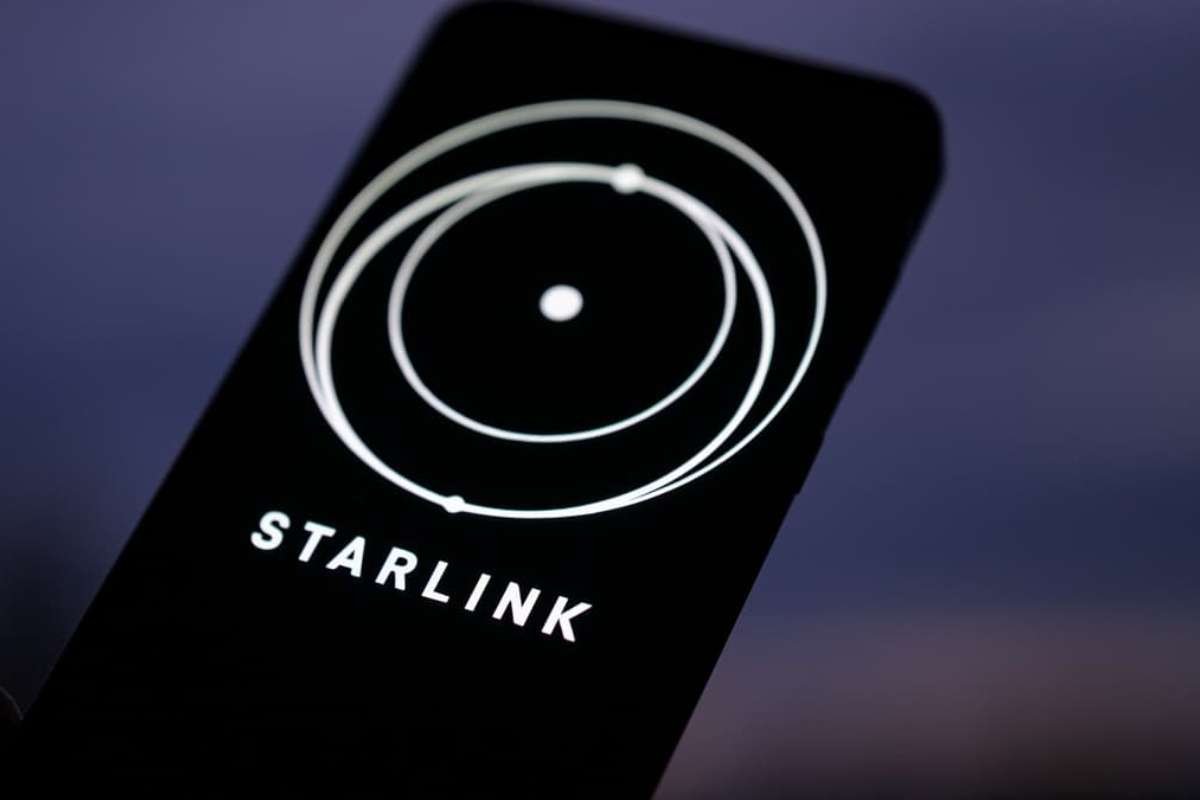On July 24, 2025, Starlink, Elon Musk’s satellite internet venture under SpaceX, experienced a rare and severe Starlink global outage that disrupted services across the U.S., Europe, Asia, Australia, and parts of Africa. At the peak of the incident, more than 61,000 users reported connectivity issues on Downdetector. The widespread error messages included “no healthy upstream,” signaling a core network failure rather than a local issue.
The outage began around 3:00 p.m. EDT and persisted for approximately two and a half hours, with gradual service restoration beginning by 5:28 p.m. ET. In Australia, services started recovering by 8:23 a.m. AEST, although rural zones reported longer downtimes. The service disruption was notably severe, especially for remote users and businesses heavily reliant on Starlink for internet access.
Root Cause and Industry Reactions
SpaceX’s engineering team traced the issue to a failure in internal software systems that manage the core satellite internet network. Michael Nicolls, Vice President of Starlink Engineering, acknowledged the failure on X (formerly Twitter), apologizing for the disruption and assuring users of a comprehensive internal investigation.
Elon Musk also addressed the incident, calling it “unacceptable” and promising to “remedy the root cause to ensure it doesn’t happen again”.
While SpaceX has not disclosed further technical specifics, experts cited by Reuters speculated on a potential faulty software rollout or systemic configuration error, drawing comparisons to the CrowdStrike Starlink global outage that brought down Windows systems globally just weeks earlier.
Doug Madory, an analyst at internet monitoring firm Kentik, confirmed the global nature of the disruption and described it as “highly unusual for Starlink,” which is typically regarded for its redundancy and decentralized structure.
Implications for Starlink’s Global Expansion
The Starlink global outage comes at a critical time which currently serves over 6 million users across 140+ countries. The company has been aggressively expanding, recently launching direct-to-cell text services in partnership with T-Mobile and preparing to scale voice and data capabilities through satellite in coming months.
With over 8,000 satellites in low Earth orbit, Starlink plays a crucial role in bridging the digital divide, particularly in rural and underserved areas. It also provides services to airlines, maritime companies, military operations, and emergency response units, making such Starlink global outage more than just a consumer inconvenience.
The incident, one of the most widespread since the service’s early beta days, raises critical questions about Starlink’s network architecture as it transitions from a disruptive startup to global internet backbone. While service has been restored, the disruption underscores the growing importance—and fragility—of space-based communication infrastructure in modern digital ecosystems.
SpaceX has committed to a full root cause analysis and emphasized its intent to rebuild trust with users. Whether the company’s response will satisfy users and regulators remains to be seen, especially as Starlink continues to embed itself deeper into critical communications around the world.
Read Also: 6 Most Popular Desktop Operating Systems in the World
Sources:










